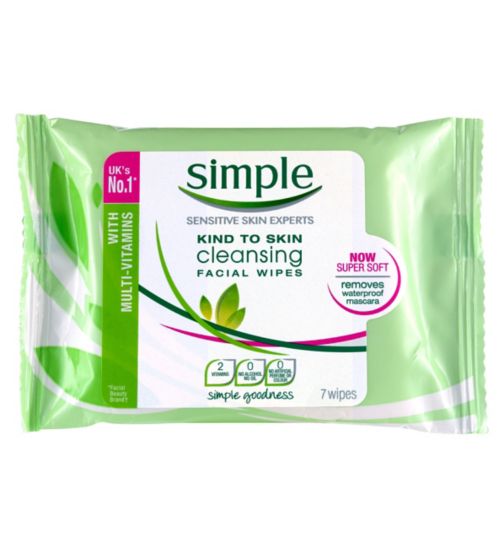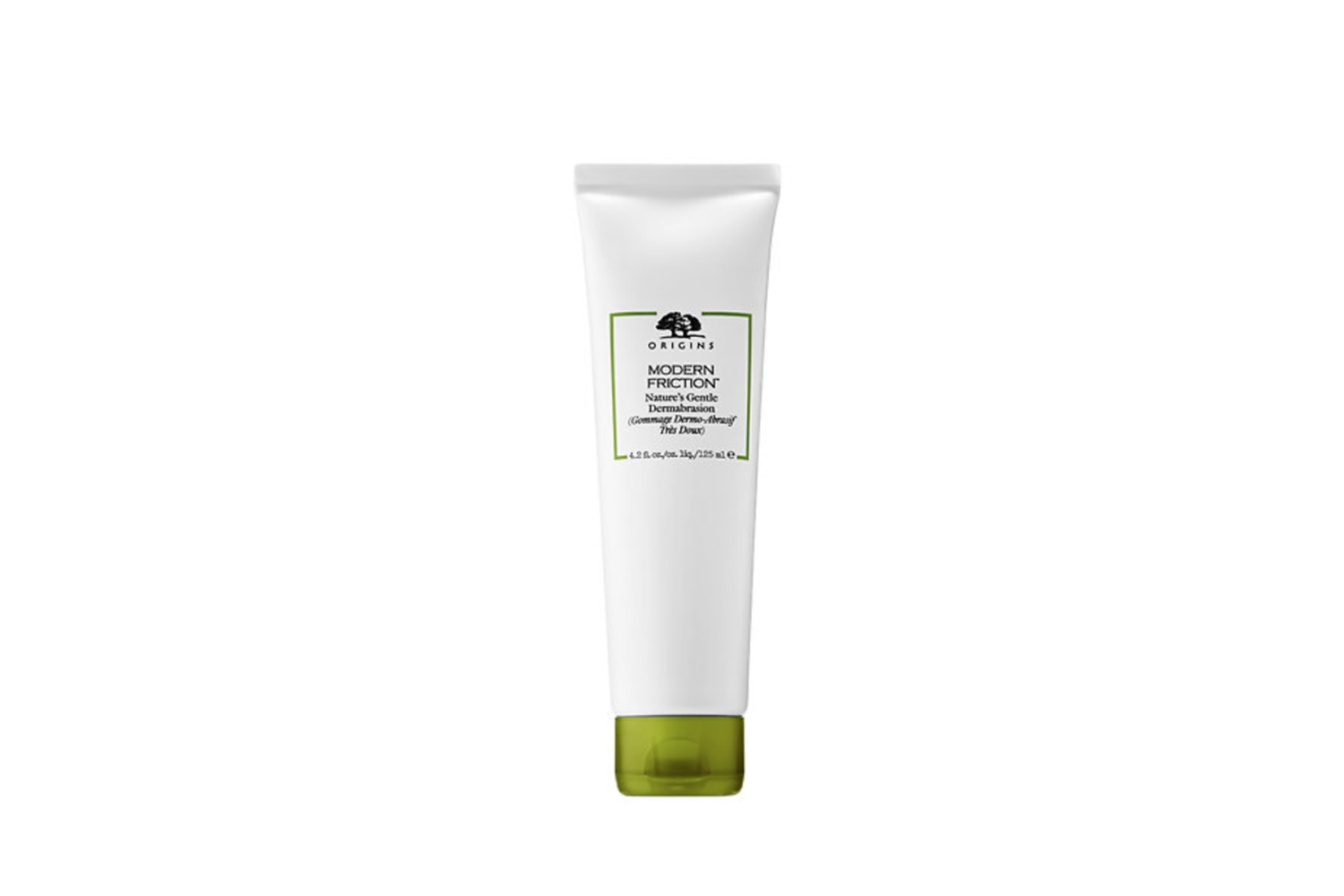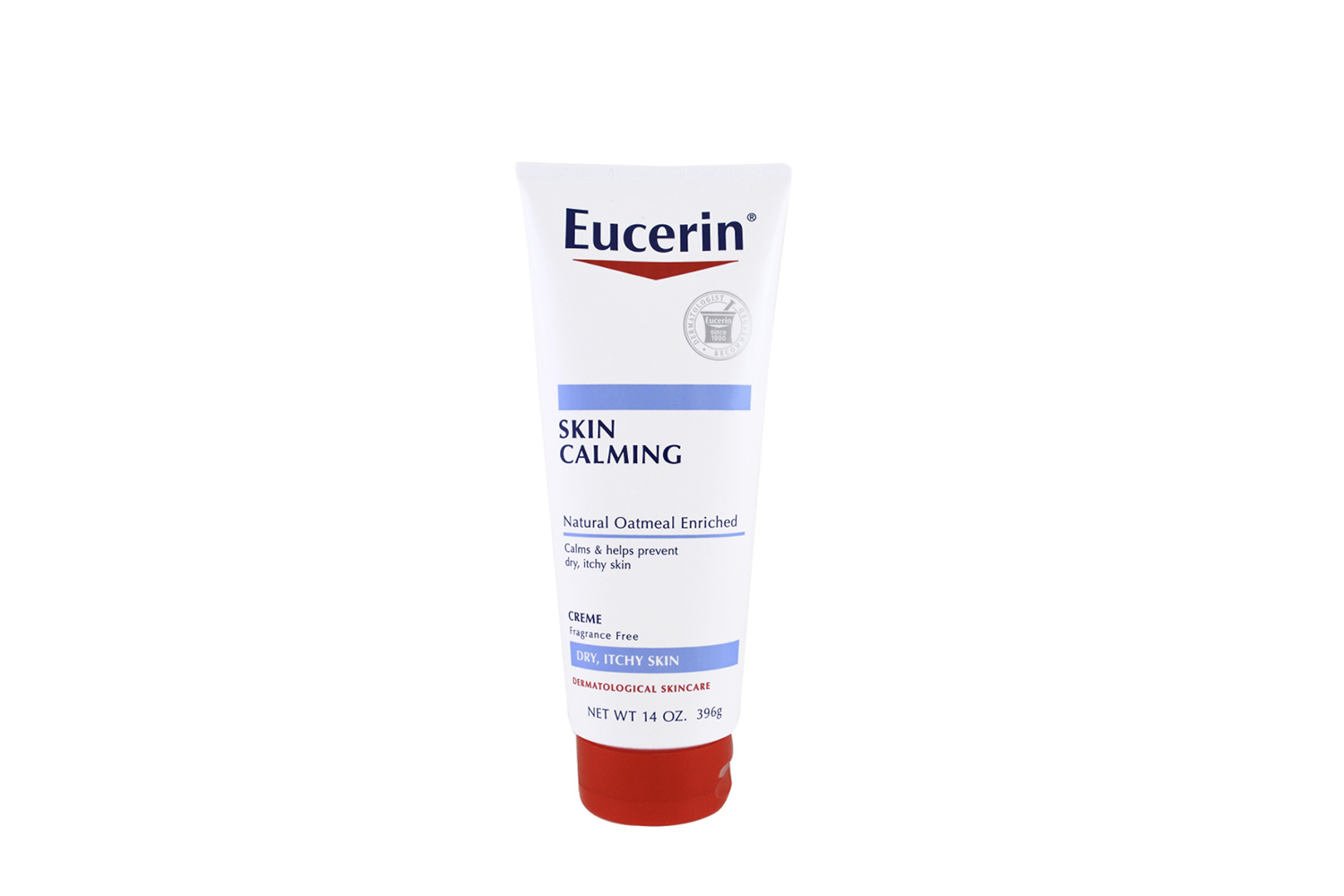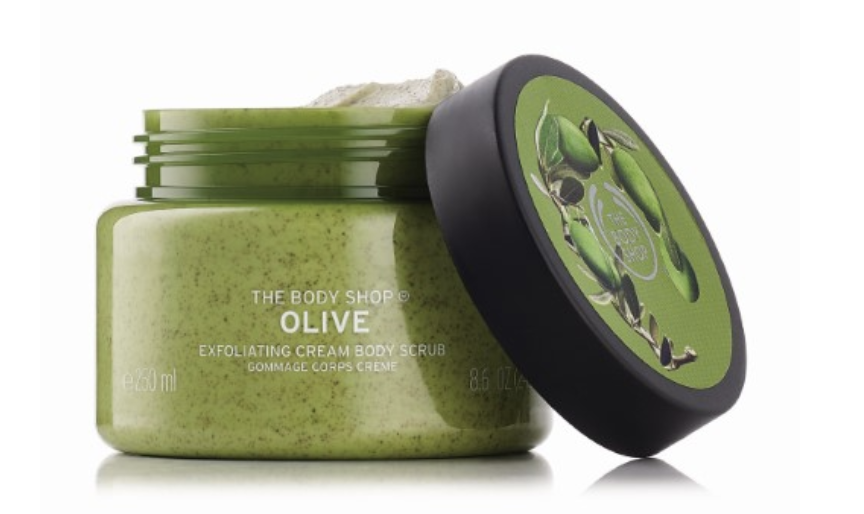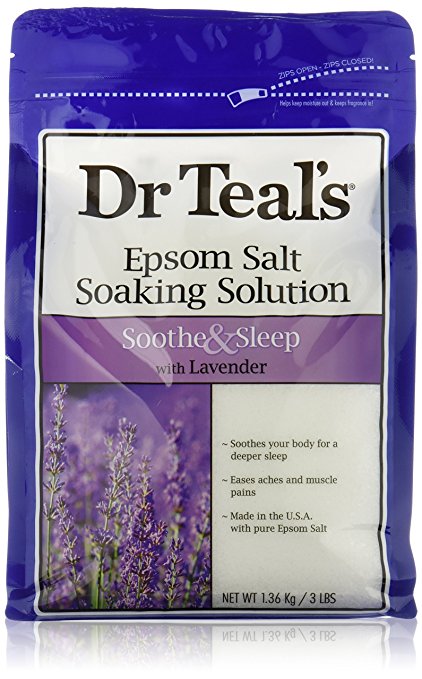“What’s the difference between Pilates and yoga?” When I inform people that I am a Pilates teacher, this question almost always follows. With our society’s growing interest in mind-body exercise and self-care, now is a great time to address this question. I used to have some very concrete answers that I believed to be true. Before I actually practiced yoga as part of my lifestyle, I had some ideas I formulated based on a handful of yoga classes I had either just tried out or was coerced to take for some reason. I also knew that the cultural and historical context of the origins of Pilates and yoga differ greatly. Since deepening both my yoga and my Pilates practice, I realized that personal experience is more helpful to inform about the differences than just comparing histories.
Having more extensive experience in both Pilates and yoga now, I see that there can be lots of overlap, depending on the type of Pilates or the type of yoga. First, let me make sure I state that by saying “yoga” I am referring to the various physical exercise forms associated with yoga. At just surface level, with Pilates and yoga you may find similar positions, poses, or exercises. “Boat pose” in yoga is similar to Pilates “Teaser”. “Downward facing dog” is similar to Pilates “Upstretch”… and so on and so forth. The physical goals are similar for both… healthy, functional strength.
“Isn’t yoga more about holding poses and finding stillness, and Pilates is about moving?” Yes. No wait… no. Wait. Not Necessarily! Final answer. Let me explain. Finding stillness is a major part of yoga. The ability to hold those poses, settle into them, and deepen them requires your ability to be “still”, quieting the mind and committing to the physical task at hand. However, there are times during your practice when you want to create a flow, which is exactly what it sounds like. You move fluidly from one pose to the next in a way that is as natural as possible. You are very mindful and present but a physical “stillness” for extended periods of time isn’t happening much. During a flow, one may take a moment during a certain pose to settle into it if they feel their body needs it, but for the most part you continue to move in some way.
In Pilates, generally you move through an exercise. An exercise is commonly described as a movement or set of movements to be repeated in a flowing sequence that will benefit a certain aspect of physical well-being. Finding stillness can actually be applied to these exercises too. Most exercises require stabilization in certain areas of the body while other parts are moving, and within that stabilization there should be stillness. Also, if you are in a class the teacher may have you hold a certain position before you start moving to either deepen it or correct it. Some teachers may get you in a position and keep you there for many breath cycles (yikes!), while they give you some tips to get deeper into it, or correct others in class. This requires mindfulness and stillness.
Now for the difference. In my personal experience, yoga has had more deeply spiritual consequences. The best way for me to describe what I think the difference is would be to compare it to the “What comes first, the chicken or the egg?” question. Yoga (in the exercise form) employs physical means to get to spiritual results, and the physical changes were more of an added bonus. Pilates requires lots of mental focus to get physical results. With Pilates, you will most likely get the added bonus of a better sense of mental, emotional, or even spiritual well-being. I would absolutely encourage everyone who is interested to gain at least a little experience in both and decide which, if not both, suits your life best.









